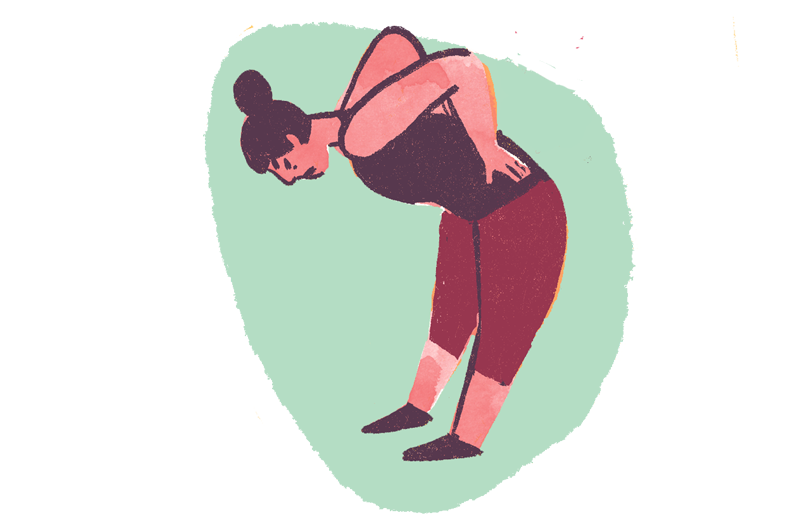Will an Xray Show Any Kind of Back Injury
Imaging Tests for Lower Back Pain: When you need them and when you don't

This pamphlet is available in: French | Arabic | Punjabi | Simplified Chinese | Spanish | Tagalog |
Back pain can be excruciating. So it seems that getting an X-ray, CT scan, or MRI to find the cause would be a good idea. But that's usually not the case. Here's why:
They don't help you get better faster.
Most people with lower back pain feel better in about a month whether they get an imaging test or not. In fact, those tests can lead to additional procedures that complicate recovery. For example, one large study of people with back pain found that those who had imaging tests soon after reporting the problem fared no better and sometimes did worse than people who took simple steps like applying heat, staying active, and taking an over-the-counter (OTC) pain reliever. Another study found that back pain sufferers who had an MRI in the first month were eight times more likely to have surgery, but didn't recover faster.
They can pose risks.
X-rays and CT scans expose you to radiation, which can increase cancer risk. While back x-rays deliver less radiation, they still can give 75 times more radiation than a chest x-ray. That's especially worrisome to men and women of childbearing age, because x-rays and CT scans of the lower back can expose testicles and ovaries to radiation. Furthermore, the tests often reveal spinal abnormalities that could be completely unrelated to the pain. Those findings can cause needless worry and lead to unnecessary follow-up tests and procedures such as injections or sometimes even surgery.
When do imaging tests make sense?
It can be a good idea to get an imaging test right away if you have signs of severe or worsening nerve damage, or a serious underlying problem such as cancer or a spinal infection. "Red flags" that can alert your health care provider that imaging may be worthwhile include:
- A history of cancer.
- Unexplained weight loss.
- Fever.
- Recent infection.
- Loss of bowel or bladder control.
- Abnormal reflexes, or loss of muscle power or feeling in the legs.
If none of these additional symptoms is present, you probably don't need an imaging test. Your best approach would be to follow the self-care measures described at right. Back pain often recurs and it is typical for your symptoms to come and go. That doesn't mean anything is seriously wrong, it is just the way most back pain behaves.
How should you treat lower back pain?
Your health care provider can advise you on how best to treat your lower back pain. Most people get over back pain in a few weeks, and these simple steps might help:
Stay active. Resting in bed for more than a day or so can cause stiffness, weakness, depression, and slow recovery.
Apply heat. A heating pad, electric blanket, or warm bath or shower relaxes muscles.
Consider over-the-counter medicines. Good options include pain relievers such as acetaminophen (Tylenol and generic) or anti- inflammatory drugs such as ibuprofen (Advil and generic) and naproxen (Aleve and generic).
Sleep comfortably. Lying on your side with a pillow between your knees or lying on your back with a few pillows beneath your knees might help.
Talk with your health care provider. If symptoms don't improve after a few days, consider seeing a health care provider to make sure that the problem doesn't stem from a serious underlying health problem.
Will an Xray Show Any Kind of Back Injury
Source: https://choosingwiselycanada.org/imaging-tests-low-back-pain/
0 Response to "Will an Xray Show Any Kind of Back Injury"
Publicar un comentario